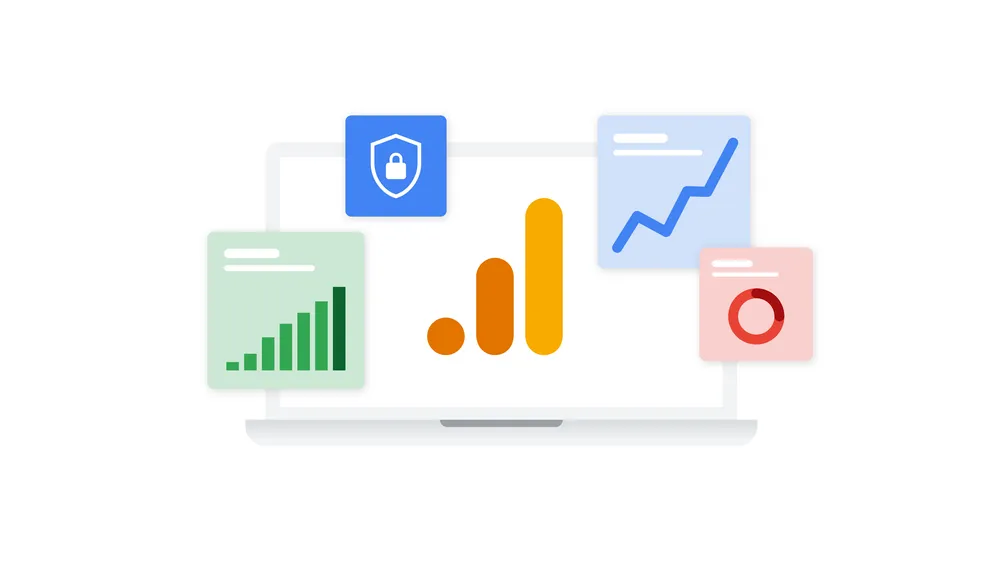Discover When Does the Google Analytics Tracking Code Send an Event Hit to Analytics and Why It Matters
Discover When Does the Google Analytics Tracking Code Send an Event Hit to Analytics and Why It Matters
Blog Article
Master Internet Site Insights With Accurate Google Analytics Tracking Code
The effective application of Google Analytics depends upon the specific execution of its monitoring code, a basic step frequently overlooked by website owners. This apparently basic JavaScript bit, when properly put, ends up being the foundation of information collection, offering insights right into user actions and internet site performance. Nonetheless, difficulties can occur throughout setup, possibly skewing the data and bring about misinformed decisions. Recognizing these complexities is important for taking full advantage of the benefits of analytics. What are the typical risks that could undermine your tracking efforts, and exactly how can you ensure precision in your approach?
Understanding Google Analytics Essentials
Google Analytics is a vital device for internet site owners and online marketers, offering indispensable insights into customer actions and internet site efficiency. At its core, Google Analytics accumulates data concerning visitors to a website, allowing users to examine metrics such as website traffic sources, user interaction, and conversion rates. Understanding these principles is essential for enhancing a site's performance and improving individual experience.
The platform employs cookies to track interactions, taping information such as page sights, session durations, and bounce rates. This info is accumulated and provided with customizable control panels, allowing individuals to envision fads with time. Key efficiency indications (KPIs) can be kept an eye on, such as the total number of users, new versus returning visitors, and the geographic distribution of the target market.
Furthermore, Google Analytics uses division features, enabling individuals to separate certain website traffic resources or individual demographics for more targeted analysis. By grasping these foundational aspects, web site owners can make educated decisions about web content method, marketing campaigns, and total website renovations. Ultimately, comprehending Google Analytics fundamentals is essential for leveraging information to drive growth and accomplish service purposes effectively.
Setting Up Your Tracking Code

Replicate the offered tracking code and paste it right into the HTML of your website. Preferably, this code must be positioned in the header area of every web page you desire to track. This guarantees that the tracking code lots before any kind of various other web content, permitting it to record information properly. If you are utilizing a material management system (CMS) like WordPress, there are plugins offered that simplify the integration process.
After installation, validate that the tracking code is functioning appropriately by utilizing Google Tag Aide or the Real-Time records in Google Analytics - when does the google analytics tracking code send an event hit to analytics?. This action is important to verify that your information collection is exact and energetic, establishing the structure for informative evaluation
Typical Monitoring Code Issues
Several internet site owners encounter typical concerns with their Google Analytics tracking code that can impede data collection and analysis. One common problem is inappropriate setup. This might occur when the monitoring code is put in the incorrect area of the web site's HTML, commonly leading to insufficient or absent information. Furthermore, having numerous circumstances of the monitoring code on a single page can cause filled with air metrics, as customer interactions could be counted much more than once.
One more concern occurs from using advertisement blockers, which can stop the tracking code from carrying out completely, hence skewing information. when does the google analytics tracking code send an event hit to analytics?. In addition, failure to configure filters properly can lead to the exclusion of necessary traffic sources or the inclusion of unwanted referral spam, distorting the data gathered
Website owners may also neglect the importance of tracking code updates, particularly when migrating to Google Analytics 4 (GA4) from Universal Analytics. Lastly, insufficient screening before introducing adjustments can result in undetected mistakes in the tracking code, better making complex information reliability. Resolving these typical concerns is critical for guaranteeing precise monitoring and informative analytics.
Studying Site Data Properly
Accurate information collection is only the first action in leveraging Google Analytics; the genuine value lies in properly analyzing that data to drive informed decision-making. To attain this, it is vital to recognize crucial performance signs (KPIs) that straighten with your business goals. Emphasis on metrics such as conversion prices, individual involvement, additional resources and website traffic sources, as these will provide insights right into user behavior and the total efficiency of your website.
Making Use Of Google Analytics' division features permits a much deeper understanding of your target market. By damaging down data right into specific demographics, actions, and web traffic networks, you can discover patterns and patterns that educate targeted methods. Executing customized reports and dashboards can simplify this process, allowing quick accessibility to relevant information.
In addition, routinely reviewing data patterns with time helps to identify anomalies and chances for enhancement. Make use of visualization tools to existing data in a quickly absorbable layout, helping with more efficient interaction with stakeholders. Eventually, the capacity to evaluate internet site information effectively empowers services to make calculated decisions that improve user experience, optimize marketing initiatives, and drive development.

Ideal Practices for Accurate Tracking
Executing efficient monitoring practices is vital for getting reputable information in Google Analytics. To make sure accurate monitoring, start by correctly setting up the Google Analytics tracking code on every web page of your web site. This can be accomplished with a tag manager or by straight embedding the code right into the HTML.
Next, configure your Google Analytics account to exclude internal website traffic. This can be done by establishing up filters that recognize and get rid of gos to from your organization's IP address, therefore protecting against skewed data. In addition, utilize event tracking to check specific user interactions, such as downloads or video clip plays, which typical page sights might neglect.
Regularly investigate your go now monitoring arrangement to validate that all functions, such as goals and ecommerce tracking, are working effectively. Develop a consistent identifying convention for your campaigns and events to help with less complicated reporting and evaluation.
Finally, consider leveraging UTM criteria for campaigns to get insights into the efficiency of various advertising over here initiatives. By complying with these finest practices, you can boost the precision of your data collection and evaluation, inevitably causing even more informed decision-making for your web site.
Final Thought
By making sure the monitoring code is appropriately positioned and frequently examined, site proprietors can catch crucial individual interaction information, therefore helping with the recognition of crucial efficiency indicators. Eventually, a durable monitoring structure enhances the ability to drive engagement and improve general website performance.

Insufficient screening prior to launching modifications can result in unnoticed errors in the monitoring code, additionally making complex data dependability.Carrying out effective monitoring techniques is critical for getting reputable data in Google Analytics. By making sure the tracking code is appropriately positioned and on a regular basis audited, internet site proprietors can catch vital customer communication information, therefore assisting in the identification of crucial performance indications.
Report this page